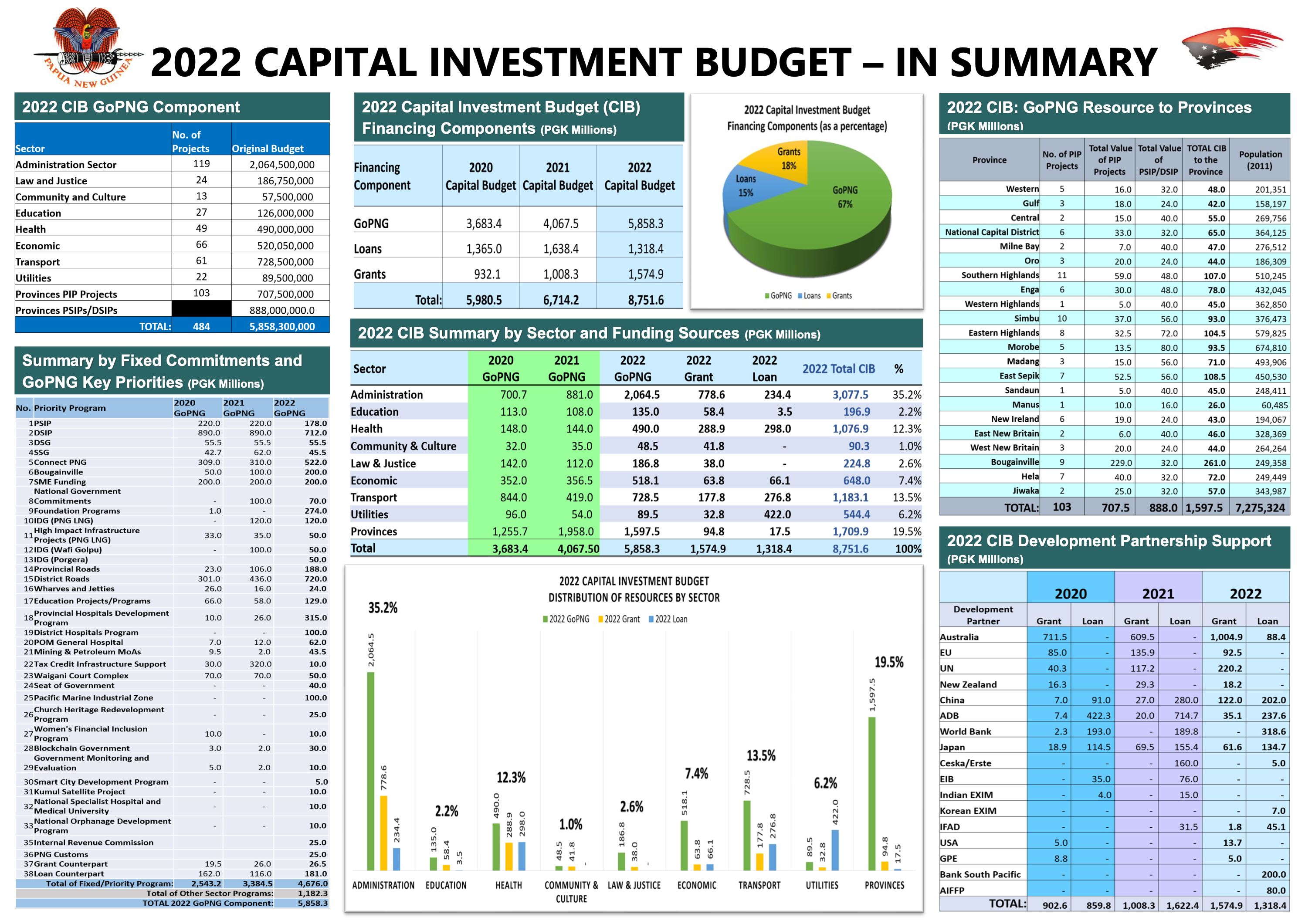Scaling Up Nutrition Project

A SNAPSHOT OF NUTRITION PROGRAM
1. Nutrition was regarded for the most part as an afterthought in development priorities and that it has been seriously underemphasized by both donors and developing countries. This assessment is widely shared within and beyond the nutrition community. There is also widespread agreement on a broad framework for action to counter this neglect and a growing partnership for collective action among key stakeholders — UN, multi-lateral and bi-lateral development agencies, foundations, developing countries, NGOs and other civil society organisations, researchers, and the private sector.
2. In 2016 when the PNG National Nutrition Multisector Policy(2016-2030) was crafted key agencies of state; NDoH, NDoE, DfCDR, DAL and DNPM, were brought on board in an affirmative and holistic approach to dealing with nutrition issues in the country. The nutrition Strategic Action Plan(SAP;2018-2022) is a five(5) year action plan that cascades from the NNP. Implementation of SAP1 expires at the end of the 2022 fiscal year. Other partners like the UN through UNICEF and FAO also played pivotal roles in the nutrition space.
3. The main vehicle for delivery of nutrition-specific and nutrition-sensitive programs in the country is the Scaling Up Nutrition(SUN) multisector platform. The multisector platform comprises the following member segments; (i) SUN Academia, (ii) SUN Business, (iii) SUN NGOs, (iv) SUN INGOs, (v) SUN UN, and; (vi) SUN Government. Dialogue is being maintained by the DNPM Nutrition PMU for a greater, more robust participation from stakeholders under the six identified member segments.
4. One of the main objectives of the Nutrition PMU, once established, is to build a central data repository which will store country specific nutrition-sensitive and nutrition-specific data. Information stored in the data repository would be shared with stakeholders to help with decision making and aid in directing resources to critical areas within the nutrition space to maximize impact.
5. Part of the work involved in reaffirming commitment within the nutrition space would be for the establishment of Nutrition Office under the DNPM. The establishment of the office would be critical in ensuring that coordination of activities within the nutrition space are effective.
6. Five(5) of the key activities prioritized for this year are; (a) resourcing and establishing the NPMU under DNPM, (b) nutrition program visibility, (c) review of the SAP1: 2018-2022, (d) formulation of the new five(5) year strategic action plan(SAP2; 2023-2027), and; (e) PMU support to ongoing programs in the nutrition space like the iodization project and child nutrition and social protection project.
7. The visibility aspect of the program would include production and dissemination of key messages via print and digital media for awareness and program familiarity purposes. The review of the SAP needs to logically take place as the implementation of SAP1 concludes this year. Review of SAP1 is intended to extract quite a number of lessons which are of course expected to play a critical in the formulation of SAP2. The lessons extracted from the review are expected to feed into how future interventions can be designed and delivered for effective and better outcomes.


